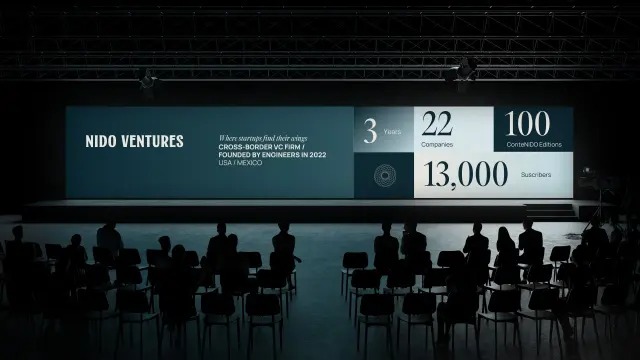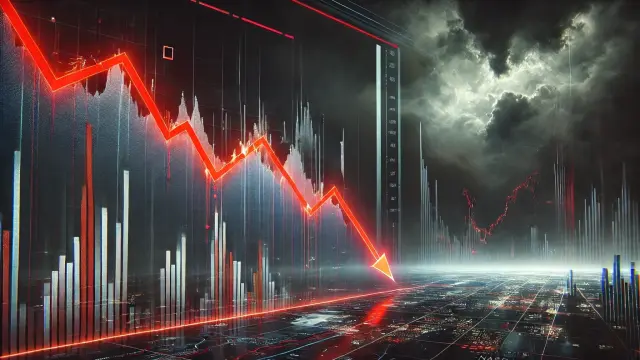Chrome Enables WebGPU for Fast Browser Graphics
Google rolls out WebGPU in Chrome, promising next-gen graphics, lower latency, and better machine learning performance directly in the browser.
WebGPU in Chrome
WebGPU Officially Enabled in Chrome 113+
-
Available by default on Windows, macOS, and ChromeOS.
-
Enables high-performance graphics and computation within browsers.
What is WebGPU?
-
A new web standard that provides modern access to GPU hardware.
-
Successor to WebGL, offering lower-level control and higher performance.
Performance Improvements
-
Achieves 3x better graphics performance compared to WebGL in most tests.
-
Enables more complex scenes in games and 3D web applications.
Machine Learning in the Browser
-
Allows faster execution of ML models on client-side GPUs.
-
Reduces server load and latency for AI-powered web apps.
Developer Benefits
-
More flexible API compared to WebGL.
-
Better integration with JavaScript and WebAssembly.
Enhanced User Experiences
-
Smoother animations and real-time 3D rendering in web apps.
-
Immersive AR/VR directly through browser without plugins.
Cross-Platform Support Growing
-
Firefox and Safari are actively working on WebGPU implementations.
-
Widespread adoption expected across major browsers in 2025.
Use Cases Already Emerging
-
Browser-based games (e.g., Unity WebGPU builds).
-
ML-driven image editors, simulation apps, and 3D design tools.
Security Measures in Place
-
Designed with sandboxing and GPU isolation to prevent exploits.
-
Follows Chrome's existing robust security model.
Future Roadmap
-
WebGPU compute shaders and multi-GPU support on the horizon.
-
Closer parity with native graphics frameworks like Vulkan and DirectX 12.
































